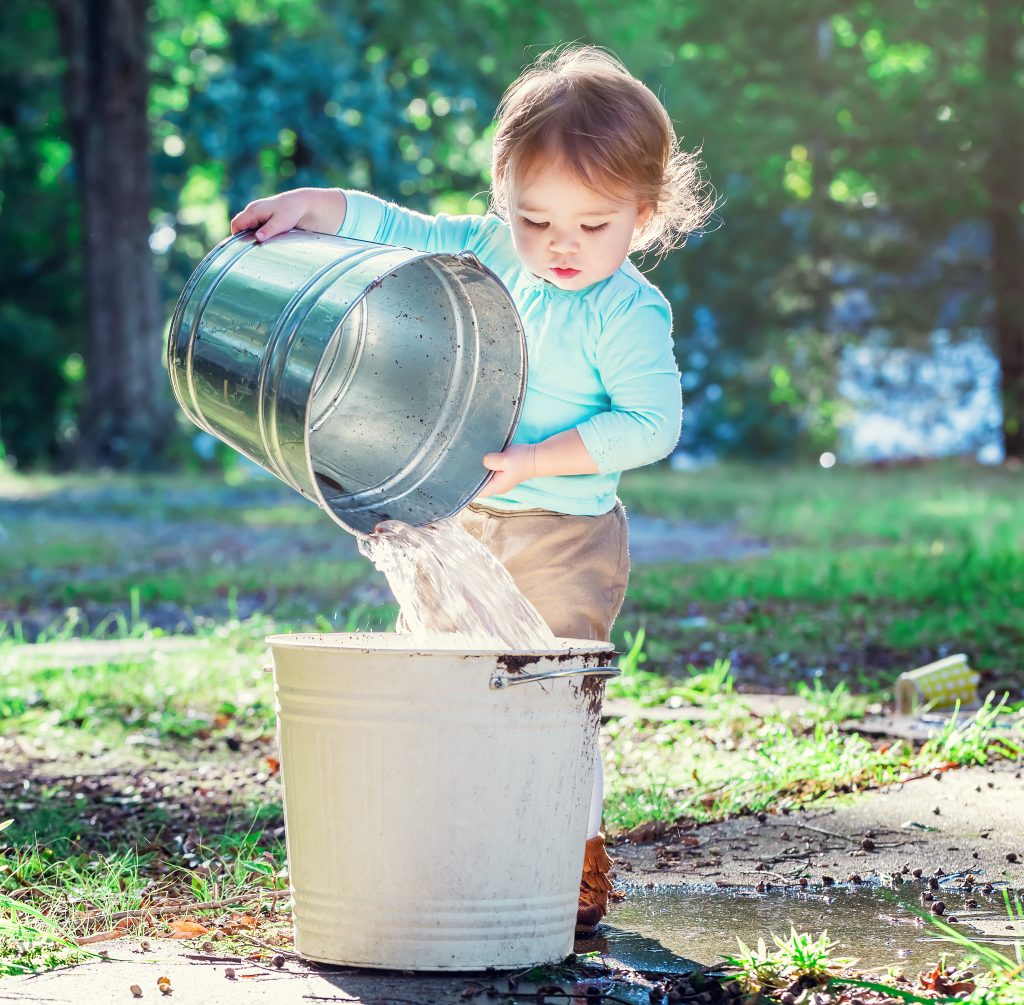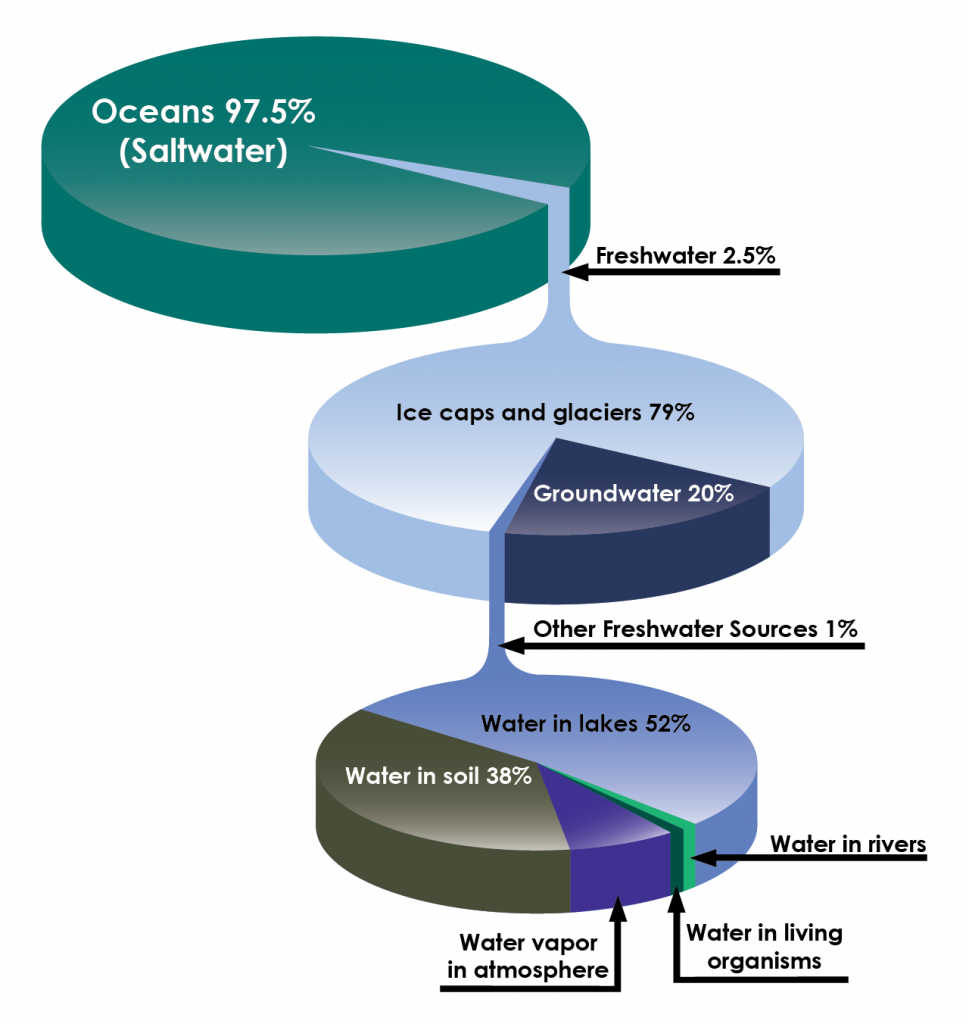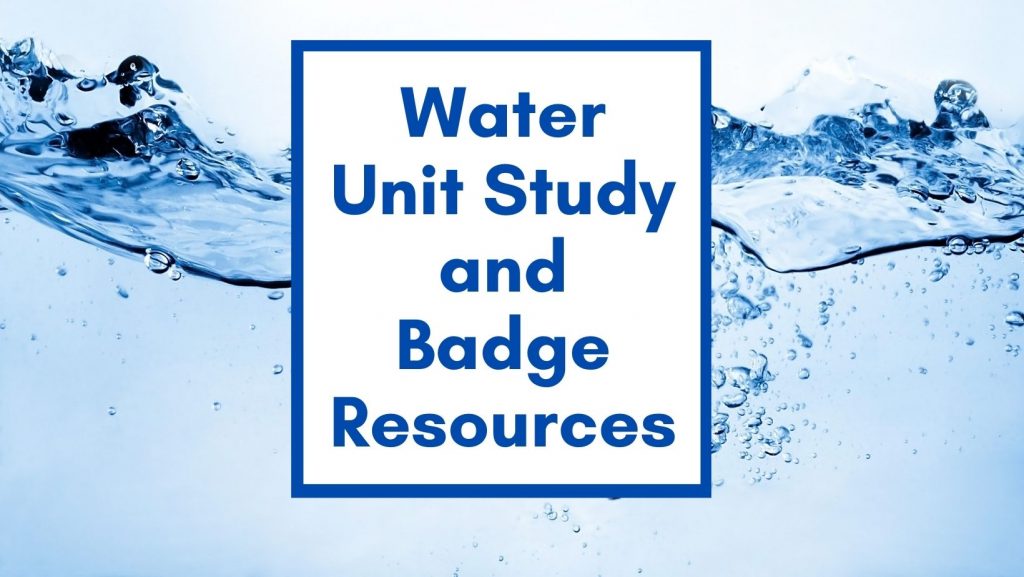
Water Unit Study and Badge Resources
Water is all around us. Through games, simple experiments and activities in this Water Unit Study, you will learn about how limited freshwater/drinkable water is compared to the abundance of saltwater. After completing the Water badge you will have a better understanding of why we should help keep water clean and how to save water in our day to day lives. A few badges you may wish to earn alongside include badges like Waterfalls, Lakes, or Rivers under the Natural Wonders (specific) badge, Water Games, and Weather.

What is water exactly?
Water is one of the few molecules that most people know the chemical composition of even if they don’t realize it. How many times have you heard water called H2O but never really thought about what that meant? Simply put, a water molecule consists of one hydrogen atom and 2 oxygen atoms.
To Do: Create a marshmallow water molecule.
You will need:
- 1 large marshmallow
- 2 small marshmallows
- 2 toothpicks
Attach the two small marshmallows to the large marshmallow at just wider than a 90 degree angle. The H-O-H angle is approximately 104.5 degrees. If you have older kids, see if they can get the toothpicks at the exact angle needed.

To Do: Complete the activity below to visualize just how little of the earth’s water is usable fresh water.
All the Water in the World
Materials Needed
- Five gallon bucket
- Three clear jars (one labeled freshwater, one groundwater, and one for rivers and lakes.)
- Tablespoon
- Eye Dropper
- Blue food coloring (optional: helps to see the water in the jars)
Fill the five gallon bucket with water. This represents all the water on earth including the oceans, lakes, rivers, ponds, groundwater, clouds, ice caps, etc.
Using the tablespoon, transfer 25 tablespoons to the jar labeled freshwater. Of all the water available on our planet, this is all the freshwater we have. The water remaining in the five gallon bucket represents all the salt water on the earth.
Next, transfer 8 tablespoons of water from the freshwater jar to the groundwater jar. Groundwater is all water located in the ground.
Finally, transfer 1/10 of a tablespoon (about 25 drops from the eyedropper) from the fresh water jar and place it in the rivers and lakes jar.
What now remains in the fresh water jar represents the water in our atmosphere and clouds (rain, snow, etc.) as well as the water that is frozen in our polar ice caps and glaciers. Look at the water in each container. How important do you think it is to protect the small bit of water that we can actually use and drink that is located in the groundwater and lakes and rivers?
Why do we need water?
Most people never really give water much thought unless there is a drought and it is suddenly in short supply. So why is water so important? How is it used? Why does our world need it so much? Water is a rare molecule that can dissolve almost anything and can exist in three different states in a fairly small range of temperature.
To Do: Brainstorm as many things as you can that need water. Use the chart above to help categorize the ways in which water is needed and used. Discuss each item you list. Is having water for this reason part of survival? comfort? fun? How important is it to make sure we have enough water for each thing on your list?
Fulfills preschool requirement #1 
To Do: Find out how many items in your house contain water. With adult supervision, explore the kitchen, pantry, bathroom, laundry room, etc. and make a list of items that contain water.
You will need for each person:
- A pen
- Paper
- A willingness to explore
- At home or in your meeting find food boxes, bags, juice or soda bottles
- Look for the ingredients label to see if water was used to make it
- If the label tells you, how much water was used to make that item?
To Do: Find out what industries have been created because of water use. (ex: hydro electricity, drink companies, etc…)
Fulfills optional requirement #13

What is the Water Cycle?
So how do we get our water? Where does it come from? The water cycle is sort of like the worlds biggest recycling program. Water from the ocean, lakes, etc. evaporates and rises into the atmosphere until it cools and drops back down again in the form of rain or snow. The United States Geological Survey website has a fantastic interactive water cycle chart that goes in depth for older students. For younger students you can find a free coloring page for the water cycle at ColoringHome.com.
To Do: Make it rain! Try the simple experiment below.
Fulfills Level 1 requirement # 2
Keep Our Water Clean!
As you learned above, our fresh water is in short supply so it is critical that we keep in clean. Many people think that just a “little” pollution in the water is no big deal. After all, it is a small amount that dissipates throughout a larger body of water. What does it hurt? But that little bit, added over and over, can create an unusable water source. Once chemicals and contaminants are added to a body of water it is very difficult in not impossible to remove them.

To Do: Try the experiment below. This will show that no matter how hard you try to remove objects from water, you can never completely get water back to how it was before the objects was place in the water.
You will need for each person:
- Plastic table cover (this could get messy and food coloring does stain things)
- 2 clear drinking cups or clear containers: It should not be smaller than a 4 oz Dixie cup, and doesn’t need to be larger than a 8 oz Dixie cup (must be clear!)
- Liquid food coloring (any dark color will do)
- 1 tablespoon
- Clear Water
Note: While doing this experiment it is better to observe the changes in the water by looking through the side of the container instead of just looking down into it. Let’s begin!
- Place table cover on table
- Place the 2 containers in front of you. Fill 1 container ½ full of water.
- Look at the water from the side and from the top to see if it is clear. Once everyone says it “Clear!” continue
- Put only 1 drop of liquid food coloring in the container with water in it (DO NOT MIX!)
- Look at the container from the side to watch what the food coloring is doing and how it is reacting with the water.
- Wait 20 seconds
- With your spoon or measuring cup try to slowly and carefully remove the food coloring from the water and place it in the other clear container that has nothing in it.
- Now Stop! Look at the water with the food coloring to see what happened to the water.
- Repeat three more times using the same cup. What happens to the water in the cup?
- Talk about why it is so difficult to remove chemicals and other contaminants once they mix with a water source.
Fulfills Level 2 requirement #2

Freshwater vs Saltwater
While most people realize that the majority of the earth’s water is saltwater, they don’t usually give it much thought. Visually seeing how little freshwater is available makes people more willing to treat our waterways with respect.
To Do: Learn about where surface freshwater is located near you.
Pull up Google Maps and put in your address. Zoom in as close as you can and look around. Do you see any blue that represents water? From small ponds to lakes and rivers, you should be able to see any water sources that surround you. Now zoom out a little at a time. Watch the small ponds and lakes seem to disappear as their small size no longer shows on the map. Now what larger water sources do you see? how far are they from your house? Continue to zoom out until you can see the entire ocean. What local water sources can you still see? Are any large enough to still register on the map or are they too small?

To Do: Learn first hand why we can only drink freshwater.
You will need for each person:
- 2 clear drinking cups (must be clear!) Mark one with an A and one with a B
- 1 teaspoon
- Table salt
- Table cloth (it might get messy from stirring)
- Clear water (warm water – this will help the salt dissolve faster)
- Place table cover on table
- Fill cup A and B ½ full with water
- Have each child take a sip from cup A and B so they know what it tastes like.
- Add one teaspoon of salt to cup A and stir until salt disappears (this takes about 1 to 2 minutes)
- Have the children look at the cup A (salt added) and look at cup B (no salt). Do they look the same?
- Have them take a little sip of cup B (no salt added), then take a sip of cup A (salt added). Do they taste the same? (You might not need an answer, just the look on their faces.)
- Repeat step 4-6 two more times.
- Have the children rinse our their mouths with cup B
- After children have rinsed their mouths talk about how they would feel if they didn’t have fresh/drinkable water to drink. Talk about what other things they couldn’t do if they didn’t have fresh/drinkable water. (ex: drinking, bathing, food growing, etc…)
Fulfills Level 3 requirement #2

The Dangers of Drought
This article is being in written on August 23, 2021 from California during the worst drought we have had in nearly 50 years. Drought affects so much more than just whether or not you can wash the car or water the lawn. California is one of the world’s largest agricultural producers and without water we can’t grow food. The social, economic, and environmental impact of severe drought is felt much farther than the immediate area that has no water. The National Drought Mitigation Center has a great article written with kids in mind to explain the impact of a drought.
Fulfills Level 4 requirement #2
To Do: If you have a leaky faucet, place a cup under it. Figure out how many droplets went into the cup at the end of a minute. Calculate how many that would be in an hour. Figure out how much water would be lost after 24 hours, 7 days, or you could even see how much would be lost in a year. If you do not have a leaky faucet, ask a parent to make the faucet drip slowly for one minute so you can do this. Here is one example of how much you could be losing. In 1 minute the faucet dripped 30 times, in 1 hour that 30 drops turned into 1,800 drops. Now figure out what this would equal in cups or gallons.
Fulfills optional requirement #18
To Do: Create an ad campaign to encourage water conservation. For example California produces lawn signs that say, “Brown is the New Green”. Come up with a slogan and design signs and brochures that can be shared with others.
To Do: Discuss ideas on water conservation with others, make a personal goal or promise to make a specific change in your life to conserve water. Make a promise and practice this change for 1 month.
Fulfills optional requirement #20
Follow our Facebook page for badge of the week posts and other resources. For planning purposes you can see which badges will be featured on our badge of the week calendar. You can also sort and search articles by topic on our main blog page. If you are not already a member, check out our membership pricing page.






